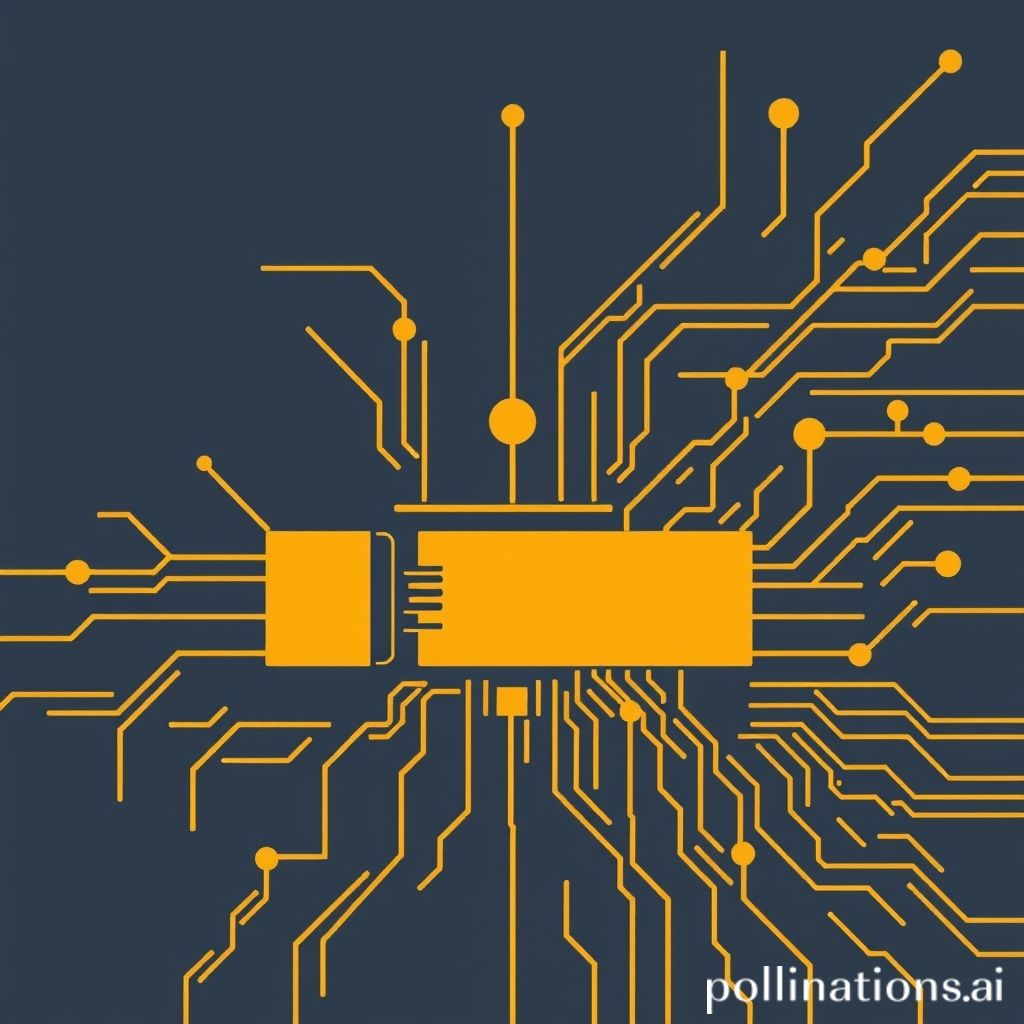
Introduction to Cyber-Physical Systems Programming
Cyber-Physical Systems (CPS) are integrations of computation, networking, and physical processes. These systems are becoming increasingly prevalent in various domains, including automotive, healthcare, smart grids, and robotics. Understanding how to program these systems is critical for developers and engineers looking to innovate in smart technologies.
What are Cyber-Physical Systems?
Cyber-Physical Systems are characterized by their ability to monitor and control physical processes through embedded computing. The systems consist of both hardware and software components that interact with the physical environment. Key aspects include:
- Sensing: Gathering data from the environment through sensors.
- Actuation: Responding to the environment with actuators based on processed data.
- Communication: Transmitting data between components for coordination and control.
- Computation: Processing data in real-time to make informed decisions.
Importance of Programming in CPS
Programming is fundamental to developing effective Cyber-Physical Systems. Through programming, developers can implement algorithms that allow systems to process data, communicate, and respond to environmental changes. The importance of programming in CPS can be highlighted through the following points:
- Real-time Data Processing: CPS programming often requires handling data streams in real-time to make quick decisions.
- Interoperability: Various components of CPS need to work together, requiring consistent and well-structured code.
- Safety and Reliability: CPS must be programmed with a focus on safety to ensure that physical processes operate reliably and securely.
Programming Languages for CPS
Several programming languages are suited for Cyber-Physical Systems, each with unique advantages. Some common choices include:
- C/C++: These languages are widely used for low-level programming and performance-critical applications, making them ideal for hardware interaction.
- Python: Known for its simplicity and vast libraries, Python is great for prototyping and data analysis in CPS.
- MATLAB: Often used for simulation and control system design, MATLAB provides extensive tools for research and development in CPS.
- Lua: Lightweight and embeddable, Lua is used in applications that require efficient scripting and configuration.
Challenges in CPS Programming
While programming for Cyber-Physical Systems offers vast opportunities, it also comes with challenges, including:
- Concurrency: Managing multiple processes and communications simultaneously can be complex.
- Fault Tolerance: Ensuring systems can operate in the presence of failures is crucial for safety-critical applications.
- Resource Constraints: CPS often run on limited computational resources, which require efficient programming techniques.
Conclusion
Cyber-Physical Systems represent a significant advancement in technology, merging the physical and digital worlds. Understanding the programming techniques and challenges associated with CPS is essential for developers aiming to contribute to this innovative field. As CPS continue to evolve, the demand for skilled programmers in this area will only increase.
